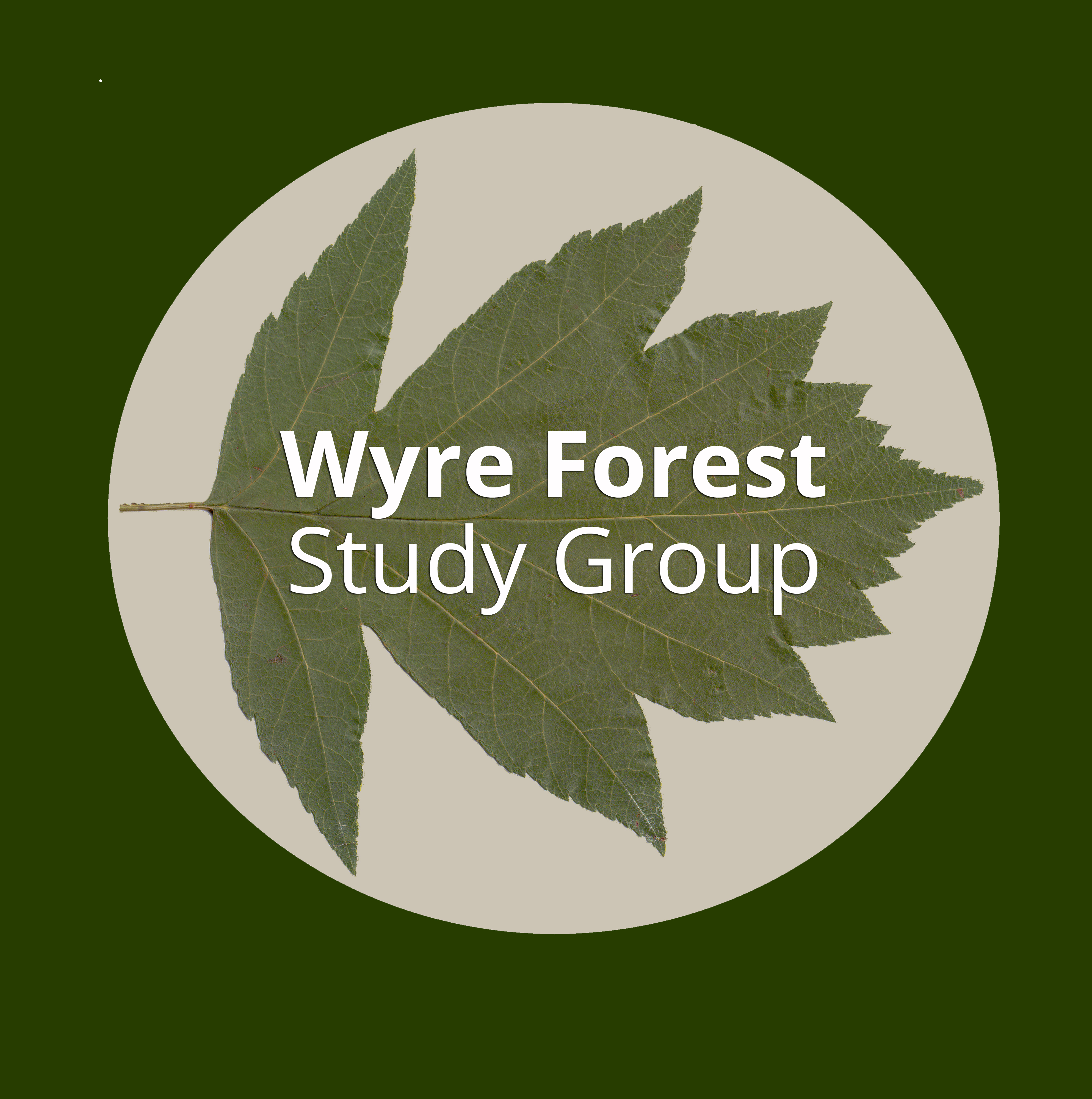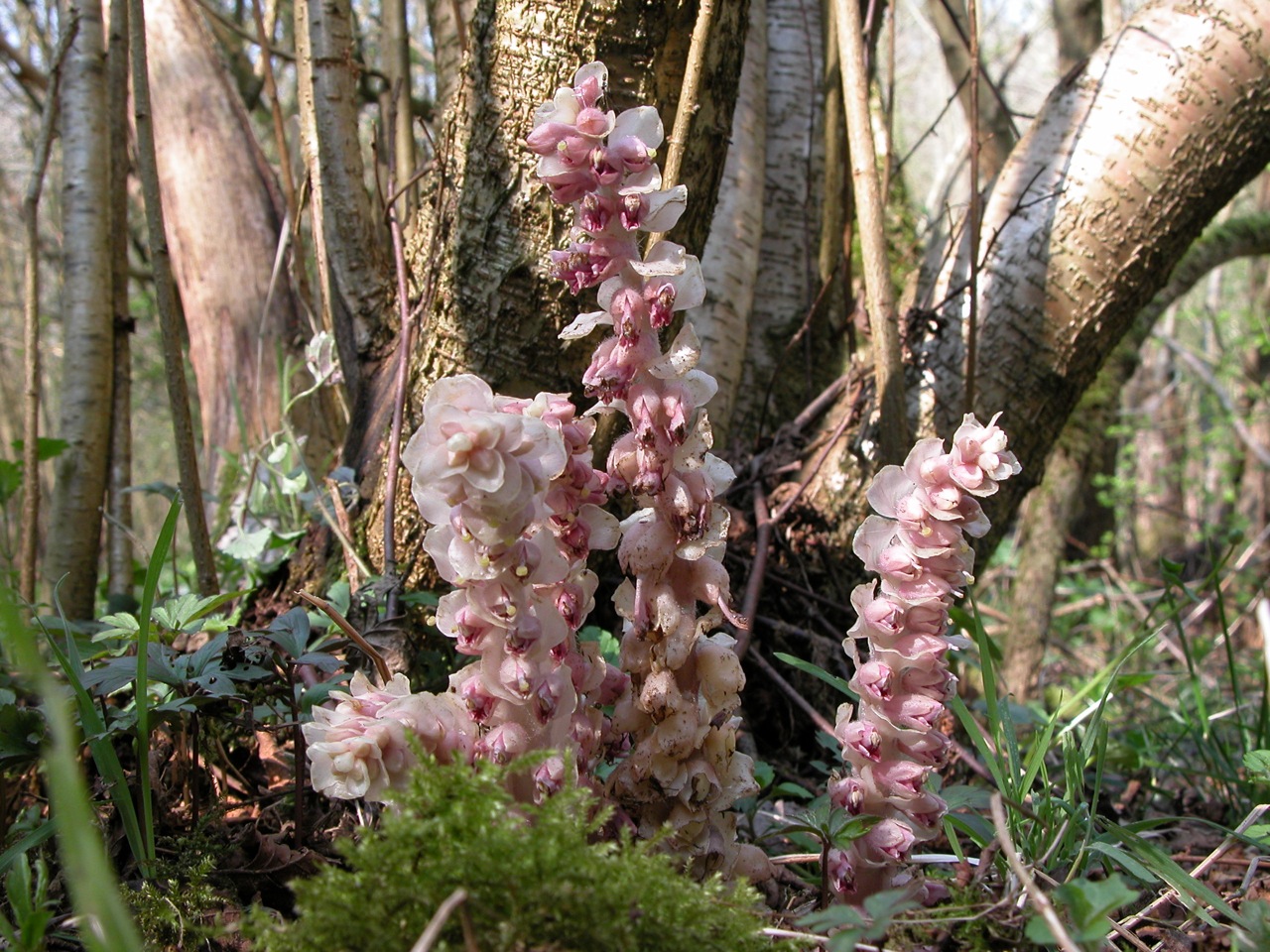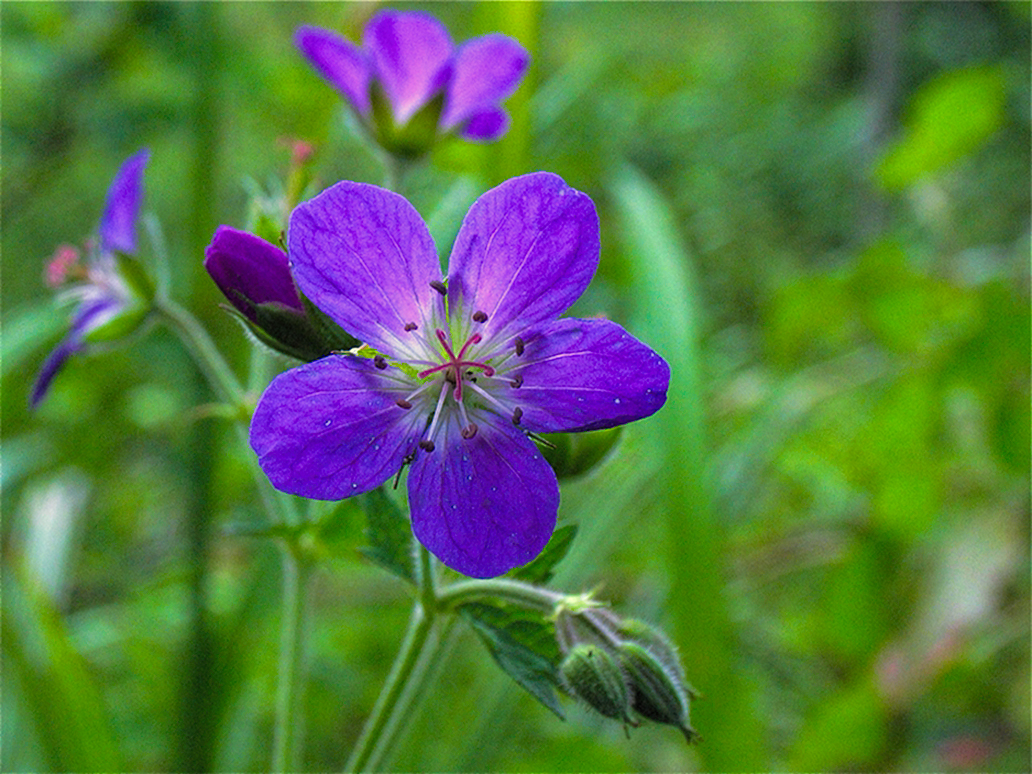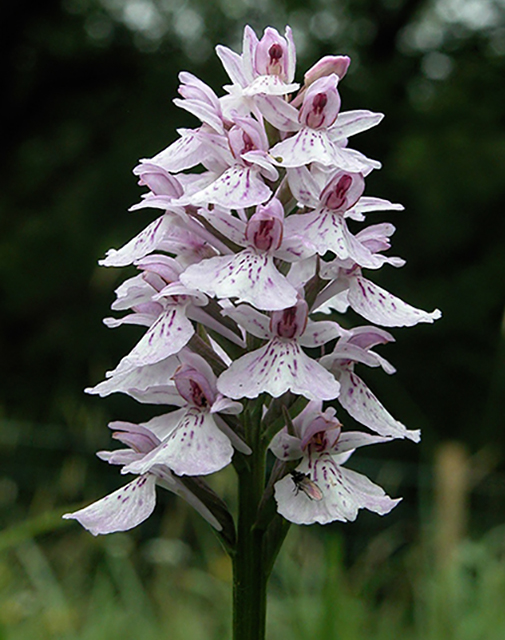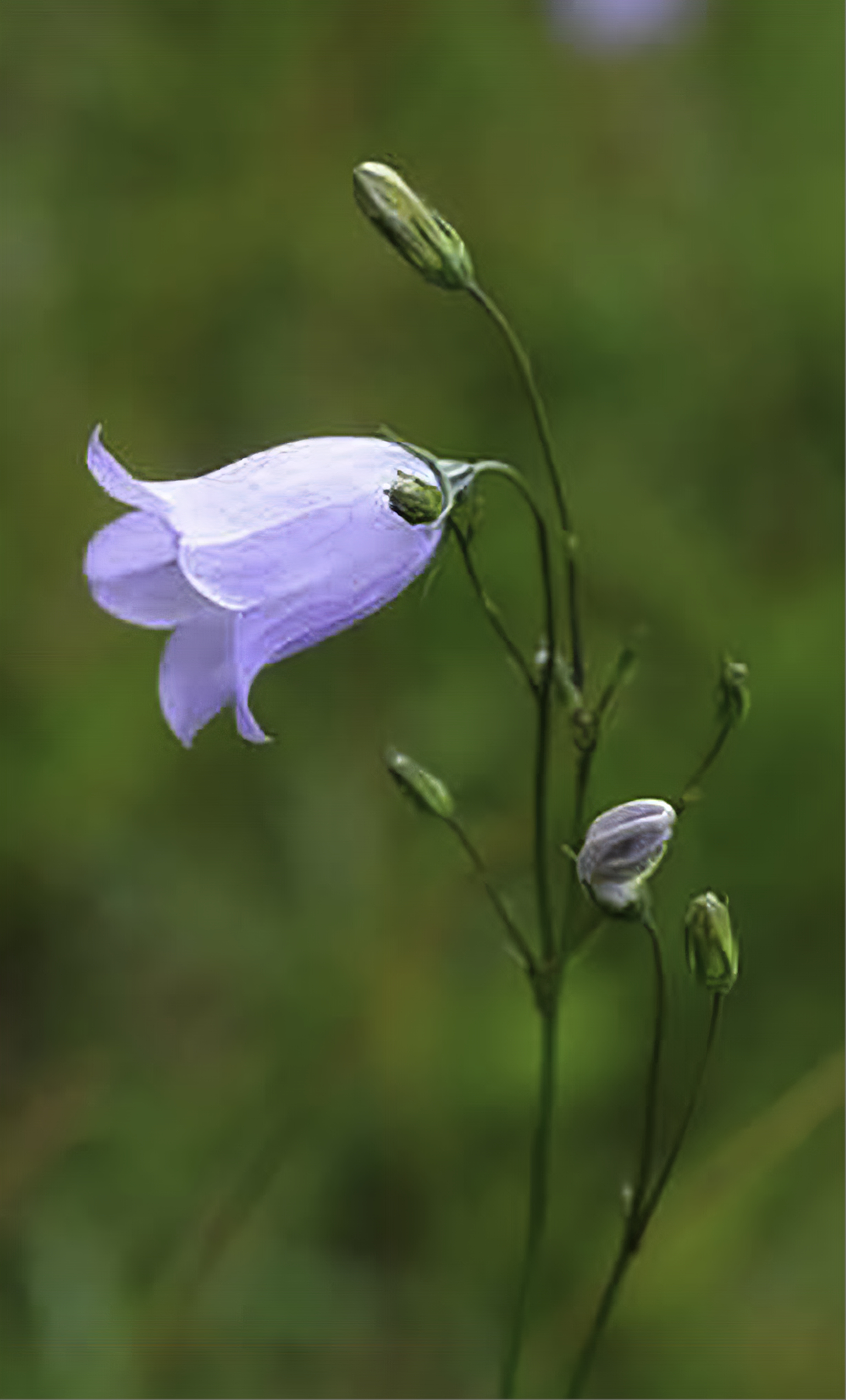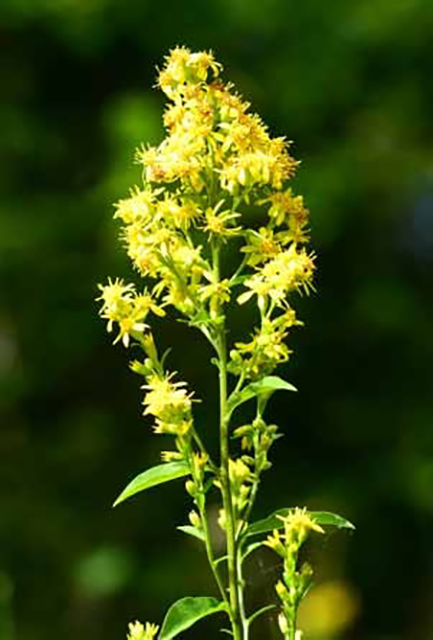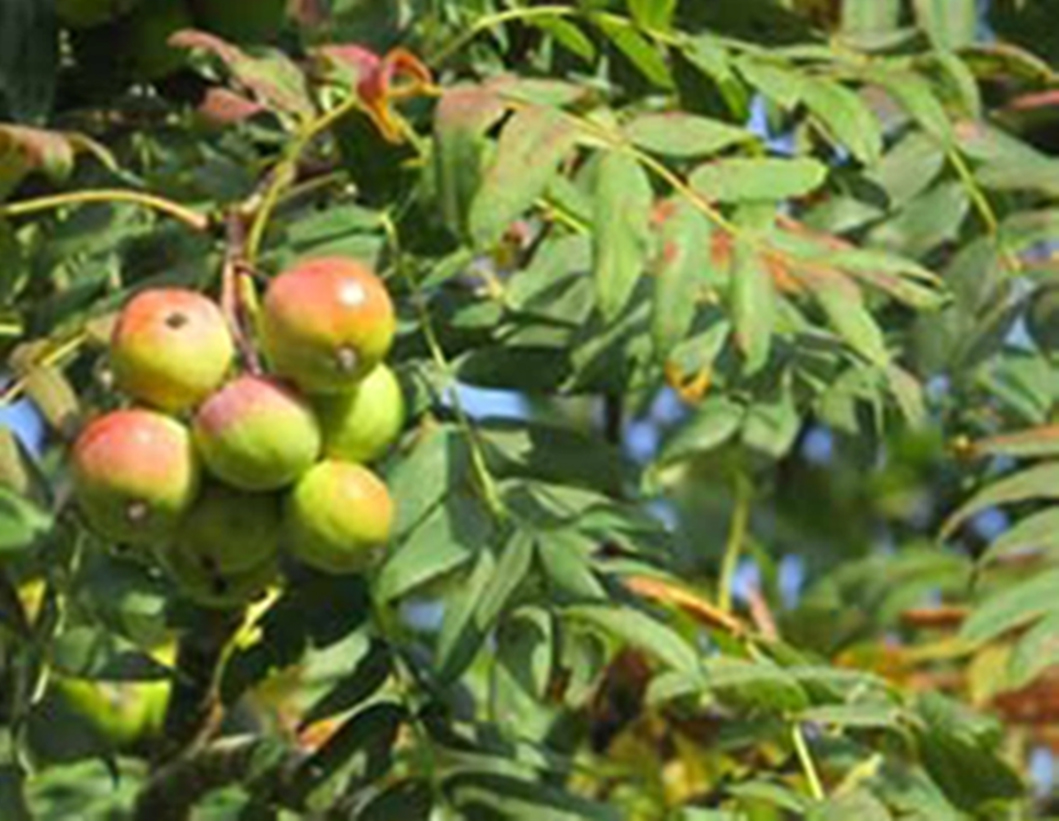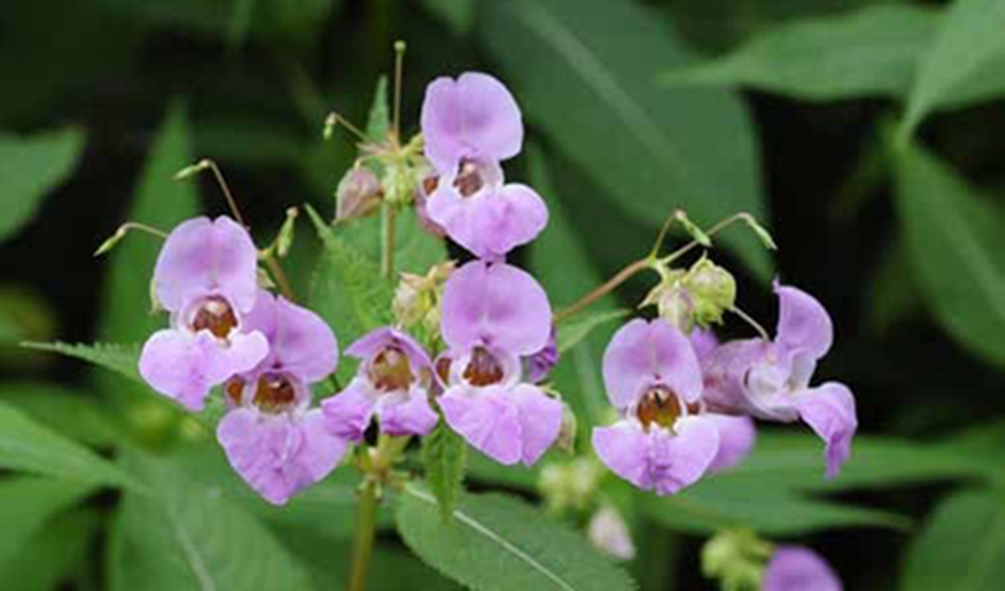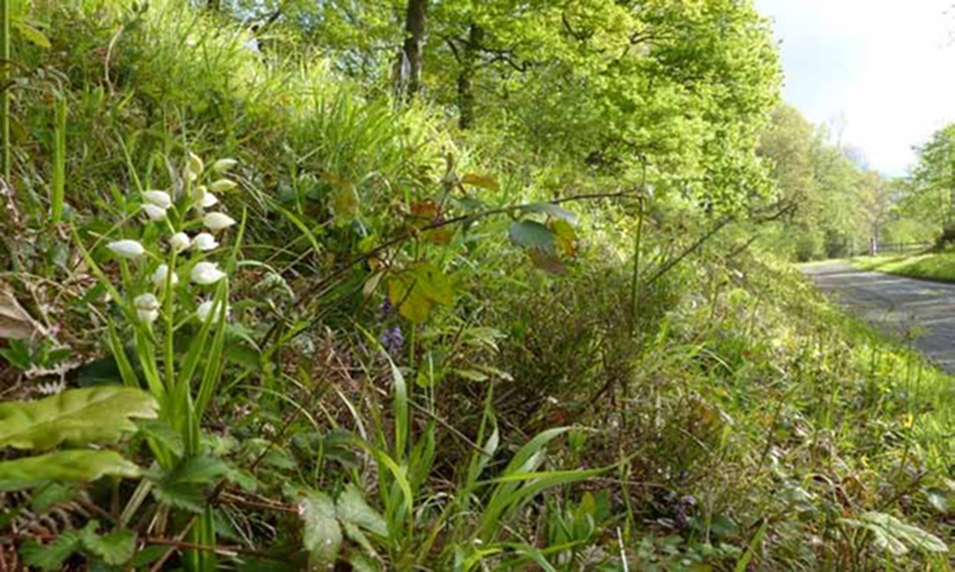Wyre Forest Study Group – Flora articles
(Note – PDF articles may not display correctly in FireFox web browser)
Lesser Centaury Centaurium pulchellum – Brett Westwood
Brett Westwood describes finding Lesser Centaury in Hurst Coppice, this is a new record for VC 40 Shropshire.
(From Wyre Forest Study Group REVIEW 2022)
Why do plants grow where they do? – Ann Hill
Ann Hill describes her quest to understand why plants grow where they do and her life-long interest in nature. After studying ecology at university, as a mature student, she then studied the relationship between ancient woodland and vascular plants – so called Ancient Woodland Indicator Species for her PhD. She has been a member of the WFSG Committee for several years, currently the treasurer.
(From Wyre Forest Study Group REVIEW 2022)
Trimpley Hill – Marion Davidson
Marion Davidson describes the Plant Group’s visit to Trimpley in 2020 with a list of the 180 plants recorded during the day.
(From Wyre Forest Study Group REVIEW 2021)
Ann Hill describes the activities of the WFGS Plant Group during 2021, including a list of species recorded.
(From Wyre Forest Study Group REVIEW 2021)
Bird in a Bush – Brett Westwood
(From Wyre Forest Study Group REVIEW 2020)
Battle of the Balsam – the end? – Phil Rudlin
Impatiens glandulifera, widely known as Himalayan Balsam, is an aggressive alien invasive plant that, once established, can smother native plants to the detriment of local ecosystems. Difficult to control, Phil Rudlin describes in detail the efforts undertaken to try to control the plant in Shrawley Wood and Wyre Forest. As Phil states “ We may think that this plant is under control, … but if we turn our back for too long it will return with a vengeance!!”
(From Wyre Forest Study Group REVIEW 2019)
Native Plant Pathogens in Wyre Forest: a proposed survey – David S Ingram & Rosemary Winnall
Plant disease epidemics may have immense ecological or agricultural consequences, often threatening native ecosystems or food security, respectively. Such threats frequently lead to alarming headlines in the popular press. However this article argues that understanding and recording native pathogens in the Wyre Forest is of real importance, as discussed here by David S Ingram and Rosemary Winnall.
(From Wyre Forest Study Group REVIEW 2019)
Viscum album L. Mistletoe. An unusual host species at Far Forest – John Bingham
Mistletoe is quite common around the Wyre Forest area but uncommon within the actual woodland. Over the years it has been recorded on various host trees including most typically apple Malus sp. However, an unusual host was discovered by John Bingham in December 2017, as he explains here.
(From Wyre Forest Study Group REVIEW 2017)
Ceratocapnos
During 2017, John Bingham discovered a native woodland plant, Climbing Corydalis (Ceratocapnos
(From Wyre Forest Study Group REVIEW 2017)
Sedum Roof Expedition 2016 – Ann Hill and Rosemary Winnall
The Community Discovery Centre, with its Sedum roof, was built in 2009. In 2016 a survey of the roof revealed an interesting
(From Wyre Forest Study Group REVIEW 2016)
The True Service tree (Sorbus domestica) seed collection in Worcestershire 2016 – Mike Averill
Kew Gardens requested that we collect some seeds of the True Service tree (also called the Whitty Pear) for their Millennium Seed Collection. Mike Averill documents his visits to trees in the county and celebrates the 100th anniversary of the planting of Wyre Forest’s oldest Whitty Pear.
(From Wyre Forest Study Group REVIEW 2016)
This article notes species of interest recorded during a summer wildlife walk through Bewdley and Ribbesford by the Wyre Forest Study Group.
(From the Wyre Forest Study Group REVIEW 2016)
The author describes the scarce Black Poplars and notes their significance in the locality.
(From the Wyre Forest Study Group REVIEW 2015)
The author explains why Wyre, on a bio-geographical divide between the upland north-west and lowland south-east, is of interest for plants.
(From the Wyre Forest Study Group REVIEW 2015)
Low water levels in the River Severn provided a rare opportunity to survey of the plants growing on the quayside. 104 species were recorded and the list is included in this article.
(From the Wyre Forest Study Group REVIEW 2015)
This article celebrates 18 years of championing this helleborine species in the Wyre Forest in conjunction with Plantlife’s ‘Back from the Brink’ project.
(From the Wyre Forest Study Group REVIEW 2015)
Historical photographs show the splendid lime avenue leading from Ribbesford Church, and its demise.
(From the Wyre Forest Study Group REVIEW 2014)
The author traces the history of cherry growing nationally and locally, and lists cherry varieties. He writes about the need to identify and preserve the old Wyre cherry varieties and propagate new stock before it is too late.
(From the Wyre Forest Study Group REVIEW 2014)
Wild-growing Apples and Mistletoe in the Wyre Forest, Wimperhill and Longdon Orchard – Susan Limbrey
This first phase of a wider survey documents apple trees in part of the Wyre Forest, and the presence of mistletoe where it has been located.
(From the Wyre Forest Study Group REVIEW 2014)
Planting the 2013 Whitty Pear – Harry Green
Mrs. Woodward of Arley Castle planted a Whitty Pear tree in Wyre in 1916 after the large veteran tree had been burnt down. Nearly 100 years later, in March 2013, her grand-daughter, Hermione Gerry planted another one in the Wyre Forest Arboretum, and this article celebrates that occasion.
(From the Wyre Forest Study Group REVIEW 2013)
The author documents plants that have moved into the forest in recent years and questions whether some of these should be eradicated.
(From the Wyre Forest Study Group REVIEW 2012)
Edmund Pitt (1613-1688) and Sorbus domestica in Wyre Forest – Frank Horsman
(Originally written for the Botanical Society of the British Isles NEWS in January 2000 and recently in the Wyre Forest Study Group REVIEW 2010)
The author notes the first record of Sorbus domesticus, the Whitty Pear or True Service Tree, in 1677 from the Wyre Forest. He documents subsequent references and describes the current national distribution of this species.
(From the Wyre Forest Study Group REVIEW 2010)
The author records some of the special species that he discovered in the Wyre Forest during 2008.
(From the Wyre Forest Study Group REVIEW 2008)
This is a summary of a BSc Independent Study which compares the vegetation within and outside fenced plots which restrict deer browsing, the results of which have implications for future woodland management.
(From the Wyre Forest Study Group REVIEW 2007)
The author provides measurements of the Mawley Oak when it was standing and documents damage to the tree in August 1974 and when it finally fell on the night of the 3rd November 2005.
(From the Wyre Forest Study Group REVIEW 2005)
The author relates his links with the Wyre Forest and his interest in Sorbus domestica trees across the region.
(From the Wyre Forest Study Group REVIEW 2005)
The author describes his exciting rediscovery of the Common Wintergreen in the Wyre Forest after a gap of 100 years. He notes previous records and encourages readers to continue the search for other colonies.
(From the Wyre Forest Study Group REVIEW 2005)
The author writes a second article about uncommon plants found in the Wyre Forest. This time he describes Columbine (Aquilegia vulgaris), Soft-leaved Sedge (Carex montana), Mountain Melick Grass (Melica nutans), Cross-leaved Heath (Erica tetralix) and Bog Pimpernel (Anagallis tenella). He also credits George Jordan, a local botanist (1783-1871).
(From the Wyre Forest Study Group REVIEW 2004)
The author describes his ongoing efforts to combat the spread of Himalayan Balsam in Shrawley Wood and beyond.
(From the Wyre Forest Study Group REVIEW 2003)
The Wyre Forest lies between upland and lowland Britain and as a result has an interesting mix of plants. The following uncommon plants are described: Wood Crane’s-bill, Moonwort, Chaffweed, Heath Cudweed and Marsh Violet, and some of the species now lost to the forest are mentioned.
(From the Wyre Forest Study Group REVIEW 2003)
The large veteran Mawley Oak collapsed on 29th October 2001. Statistics are provided for the tree in 1975, and photographs show the tree in 1991 and after the collapse.
(From the Wyre Forest Study Group REVIEW 2001)
Plantlife adopted Cephalanthera longifolia as one of its species for its ‘Back from the Brink’ species recovery programme. The Wyre Forest was chosen as one of 3 sites in the UK in which to study this species in depth and manage the sites to aid recovery. The author provides background information about this species and notes historical and current records from her reports of 1999 and 2000
(From the Wyre Forest Study Group REVIEW 2000)
The author documents how he is trying different ways to control Himalayan Balsam in and around the forest.
(From the Wyre Forest Study Group REVIEW 2002)
Toothwort
Lathraea squamaria
Wood Cranesbill
Geranium sylvaticum
Heath Spotted-orchid
Dactylorhiza maculata
Harebell
Campanula rotundifolia
John Bingham
Goldenrod
Solidago virgaurea
John Bingham
True Service – leaf & fruit
Sorbus domestica
Mike Averill
Himalayan Balsam
Impatiens glandulifera
John Bingham
Narrow-leaved Helleborine
Cephalanthera longifolia
Rosemary Winnall
